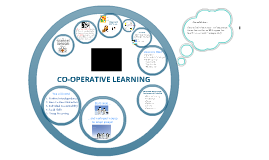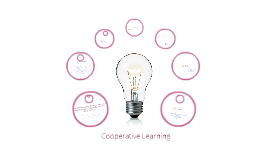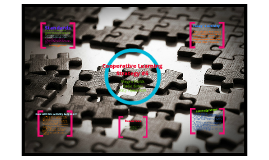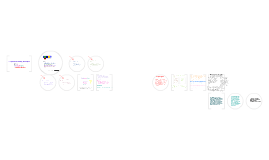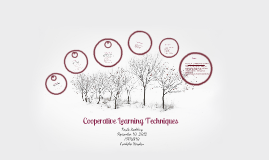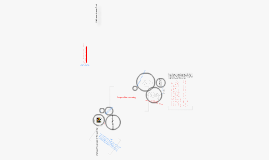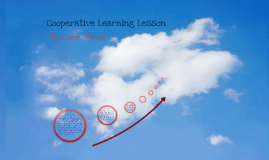Cooperative Learning
Transcript: Cooperative Learning Educational Pschology Brittany Davenport Anecdotal Log Cooperative Learning Activity Easter Egg Showdown Easter Egg Showdown is a variation in which the task cards are tucked inside plastic Easter eggs. Students select an egg, open it, read the problem or task, and everyone on the team writes a response. In the final step, team members compare and discuss their answers. In the example above, the task cards contain sentences, and students have to identify the subject and the predicate of each sentence. Goals and Objectives In the final step, team members compare and discuss their answers. In the example above, the task cards contain sentences, and students have to identify the subject and the predicate of each sentence. What was the purpose of the activity? This activity is intended to allow students to review standards in a fun way, as well as inforcing the importance of listening to one another, working together, and compromising ideas. Describe the dynamics of the group’s participants. As I watched the groups, different students reacted differently. The most common occurance was a dominant leader. The dominant leader would address what he or she thought was the subject and the predicate. Some students would disagree and give their reasoning, other students would just become submissive to the dominant student. A lot of collaboration would take place once a student disagreed with the leader. Was the objective for the activity achieved? As I watched the students participate in this activity, they seemed to become secure with the concept of subject and predicate. As third graders, they were able to work well as a team. Exchanging of words, explaining of reasoning, and expanding the thought process definately took place. How was social learning used? The Social Learning Theory is being displayed by the situation the activity was placed in. "It considers that people learn from one another, including such concepts as observational learning, imitation, and modeling (Ormand, Web)." I believe that cooperative learning is one of the best learning experience you can present as a teacher. It allows students to listen, and bounce ideas off one another. In setting up a cooperative group activity, how would you monitor the group’s work, grade the individuals in the group, and evaluate its specific value as an instructional strategy? In evaluating the progress of this activity through groups, I would allow every group to set up a subject/predicate chart on an erasable white board. When the group had completed the chart, I would ask the group to give me a thorough explanation of why they chose the particular parts of the sentence for the predicate and subject. On the individual level, I would give a quick assesment, a quiz if you will, to the entire class. Then, I would conduct a discussion over the topic. Works Cited Ormand, J.E. "Social Learning Theory." TeachNet. NJ: Prentice-Hall. Web. 01 Apr. 2012. <http://teachnet.edb.utexas.edu/~Lynda_abbot/Social.html>. Thank you for your time! Brittany Davenport EDPY 207 April 6th, 2012 Essay #2 Is it a productive learning method? Main Action Support Action and Relevant Details






